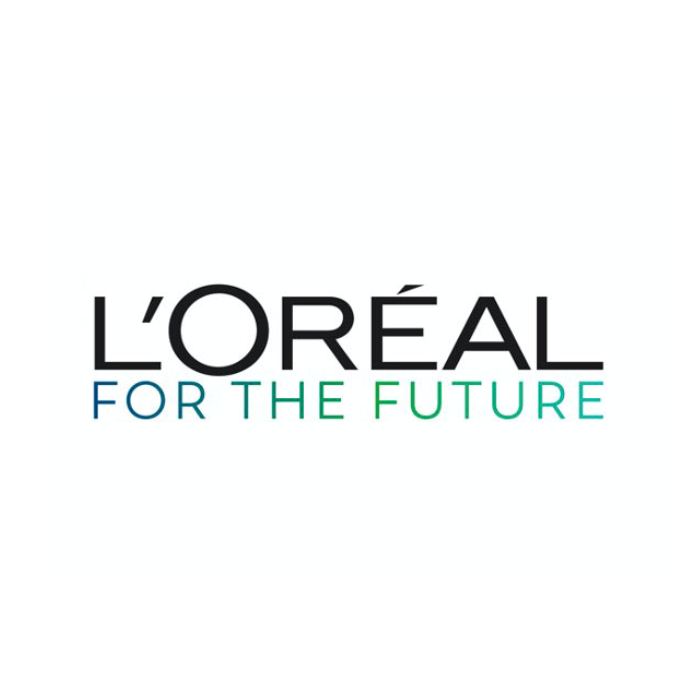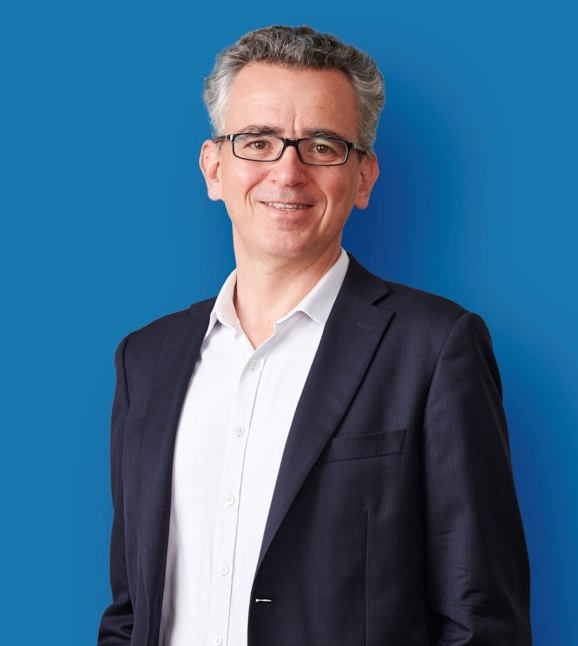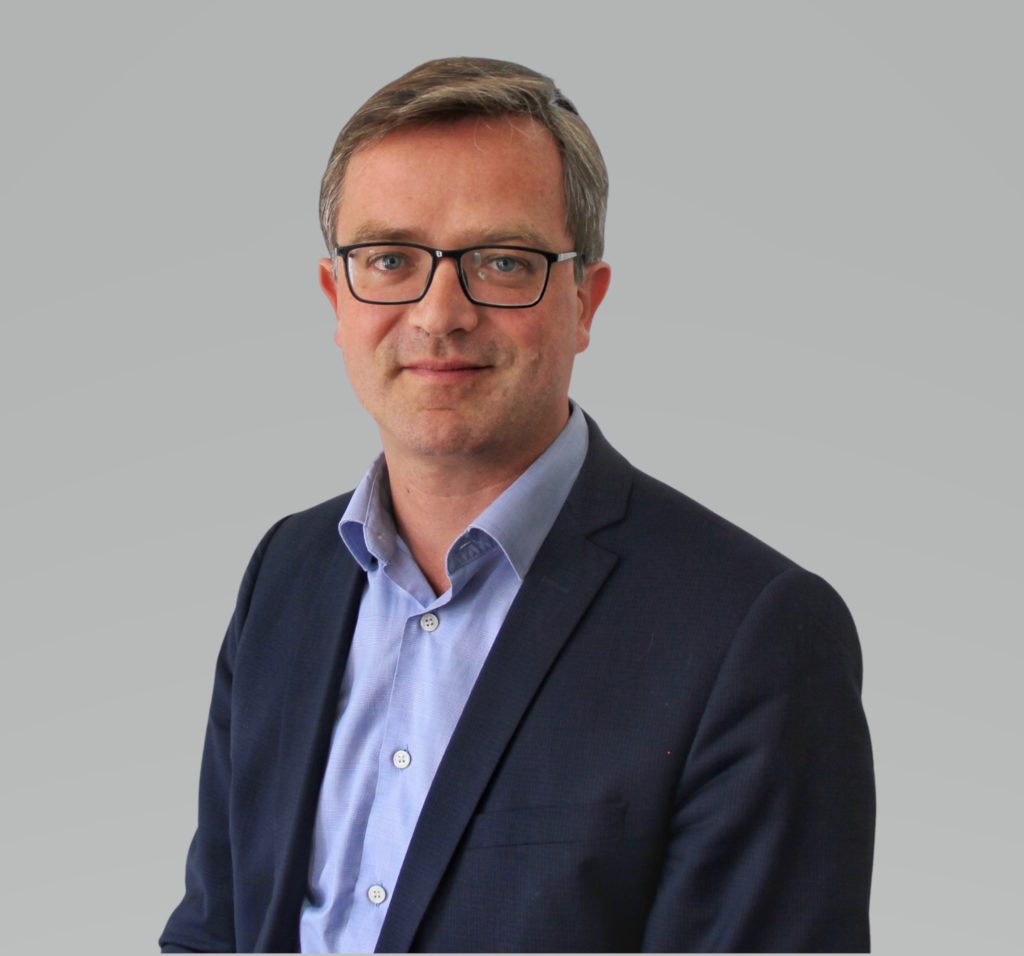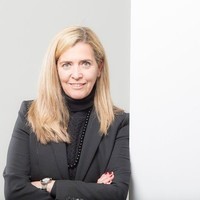What is L’Oréal’s approach with the L’Oréal for the Future program? And what are the main objectives?
L’Oréal launched its first major strategic program in 2013 and made a series of commitments at the end of 2020. By that date, we had already reduced the CO2 emissions from our factories and centers by 81% in absolute terms compared to 2005 (target set: -60%), even as the volume of our production increased by 29% over the same period. This demonstrates L’Oréal’s ability to decouple its growth from its environmental impact.
With L’Oréal for the Future, our new 2030 program launched last June, we want to go further. The scale of the challenges we face today is unprecedented. We must no longer only do better: we must do what is necessary. To build this program, seven internal expert groups coordinated independent studies and collaborated with external partners and civil society. As a result, L’Oréal’s ambitious strategy enables L’Oréal to accelerate its transformation in terms of sustainable development and inclusion:
L’Oréal for the Future has two main components. The first concerns the continuation of our sustainable transition, with the aim that all of our activities—namely our direct impacts but also our indirect impacts—respects our planet’s capacity. For example, by 2025, 100% of our sites will be carbon neutral, by improving their energy efficiency and fully using renewable energy. We also want to reduce the greenhouse gas emissions of all of our finished products by 50% by 2030, and we are committed to using 50% recycled or biosourced plastics in 2025, then 100% in 2030.
Drastically reducing our impact is a priority, but it is no longer enough. A leading company like L’Oréal must also make a contribution to major social and environmental issues that are urgent. We will thus allocate €100 million to environmental impact investing in ecosystem regeneration and the development of the circular economy, and €50 million to a philanthropic endowment fund to support women in a highly vulnerable situation.
These commitments necessarily have an impact on the Group and its organization. What are your main transformation priorities?
Since 2013, we have completely reinvented the way we work, from product design to distribution, production, and ingredients sourcing. This gradual transition to a more sustainable business model has completely changed our businesses, creating challenges but also opportunities and innovations for a product designer, an engineer, or a factory manager. For example, our core business, the design of beauty products, now incorporates the parameters of sustainable development from the outset.
With L’Oréal for the Future, we are accelerating this transformation. For example, our Research & Innovation department is actively transitioning its methods towards the “Green Sciences.”
The Finance teams are also working to support this transformation because economic and financial performance is now inseparable from social, social, and environmental performance. Our long-term success and survival depends on both aspects. They are part of the same approach and enrich each other.
We want to incorporate environmental and social impact into our day-to-day management decisions. We have therefore signed a partnership with the Audencia Chair to develop multi-capital accounting, which will help us manage value creation and environmental and social costs, in addition to the purely economic aspect.
How does the Group reconcile its business growth, financial performance, and ambitious social and environmental commitments?
All the results of L’Oréal in terms of sustainable development, recognized five years in a row by the Carbon Disclosure Project, have been achieved all while the company increased production volume by almost 30%.
We promise, year after year, that it is possible to combine growth, financial performance, and ambitious social and environmental commitments. The 2020 financial results were an opportunity to highlight this dual performance, both financial and extra-financial. The Group maintained a high level of profitability, demonstrating the solidity of its model, while remaining supportive of its ecosystem to help its partners cope with the crisis and by announcing major commitments with the L’Oréal for the Future program.
The L’Oréal for the Future program provides for significant financial investments to support these commitments. Can you tell us about the choices that have been made?
At L’Oréal, environmental responsibility is an integral part of the strategy and all business lines. Our sustainability program is characterized by its full integration into the company’s value chain. Therefore, it is difficult to isolate the costs and investments directly or indirectly allocated to addressing environmental problems and the implementation of solutions.
It should be noted, however, that our transformation process involves investments to change our methods, to finance new technologies, and to change behavior. Very often, this generates savings and allows for efficiency gains or cost reductions once they have been amortized. Our sustainability policy has no direct impact on our margins; we must be inventive to find sustainable solutions without compromising profitability.
What role do you think companies can play in responding to major environmental challenges?
No one can act alone to meet the scale of the current challenges, and all players, including companies, must play their part. At L’Oréal, we are willing and able to go beyond a simple transformation of our business model: we want to engage all our partners, customers, and consumers, because it is together that we will have a real impact. And we also want to help answer some of the most urgent social and environmental challenges of our day.
As a global group, leader in its market, how do you think today’s SMEs or ISEs can follow in your steps?
Sustainable development is a responsibility that we all have to take very seriously, whether we are a large or small company. As a leader in our industry, we have the duty to set an example. Thanks to the profound transformation we are committed to and our tangible results, we want to show that change is possible, and be a catalyst in the beauty sector and beyond.
We work with many partners, including many SMEs, who are involved in this transformation. They are an integral part of the solution. Our teams are fully committed by their side, from a technical or purchasing point of view. They strongly invite each and every one to act with us and inspire each other.

 Back to the thematic folder
Back to the thematic folder


